Winter camping in a vintage trailer
This post contains affiliate links.
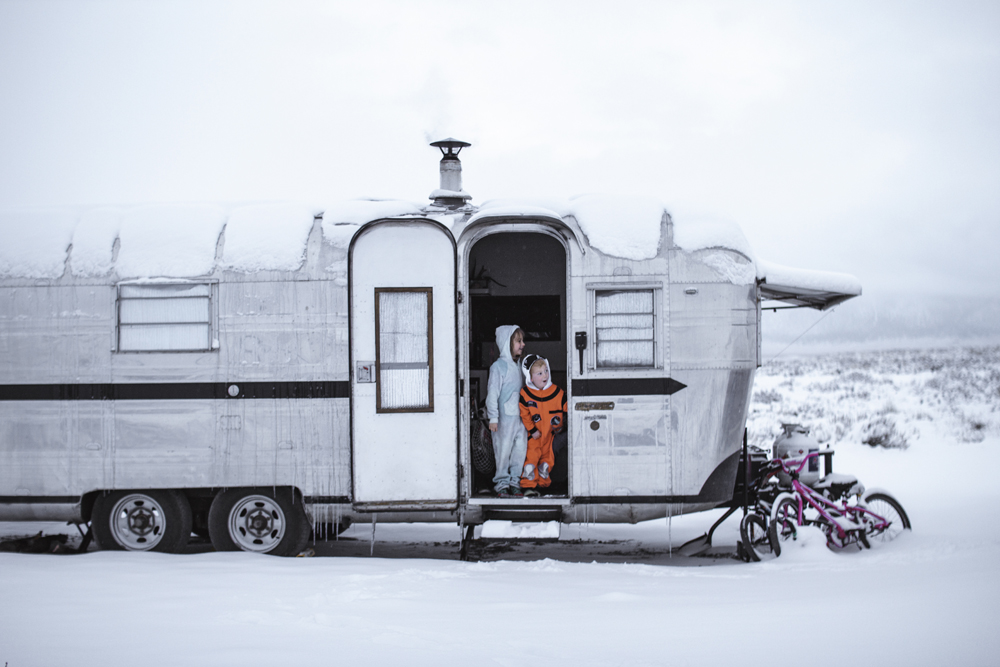
It turns out, while everyone keeps chasing those perfect 70 degree weather, we’re “stuck” in the cold more often than we’d like to admit. Well, not really stuck. We just like to pretend like these are all funny accidents, but keeping it real: We just really like the snow (well, most of our family does) and winter camping.
Since we don’t like to admit that we are cold weather chasers, we didn’t take extraordinary measures for the rig (which we’ll change if we ever switch vehicles).
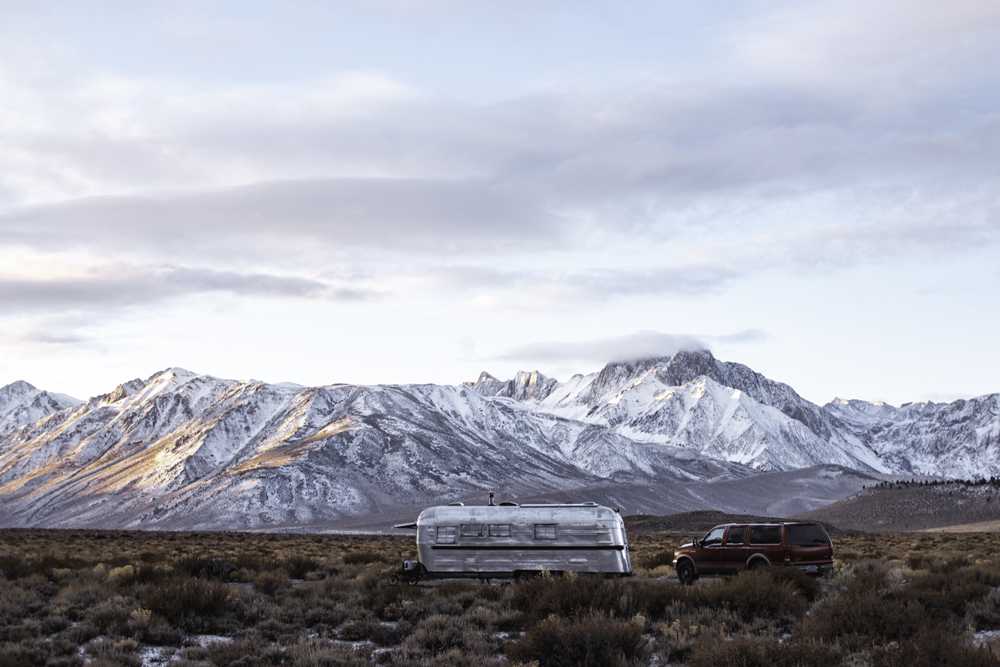
Safety precautions
Yes, we do take some safety precautions, especially for situations like heavy snow storms. We have tire chains for both the Excursion and the trailer (which is required by law in some states in the winter months, for example California and Oregon, since the trailer is equipped with it’s own brakes). We opted for pretty cheap backup chains for the trailer since we don’t plan to be in situations where we need them, and beefy ones for the Excursion. We haven’t had the situation that we needed to put chains on the trailer yet, but we did tow in the snow with the excursion in chains and it worked great.
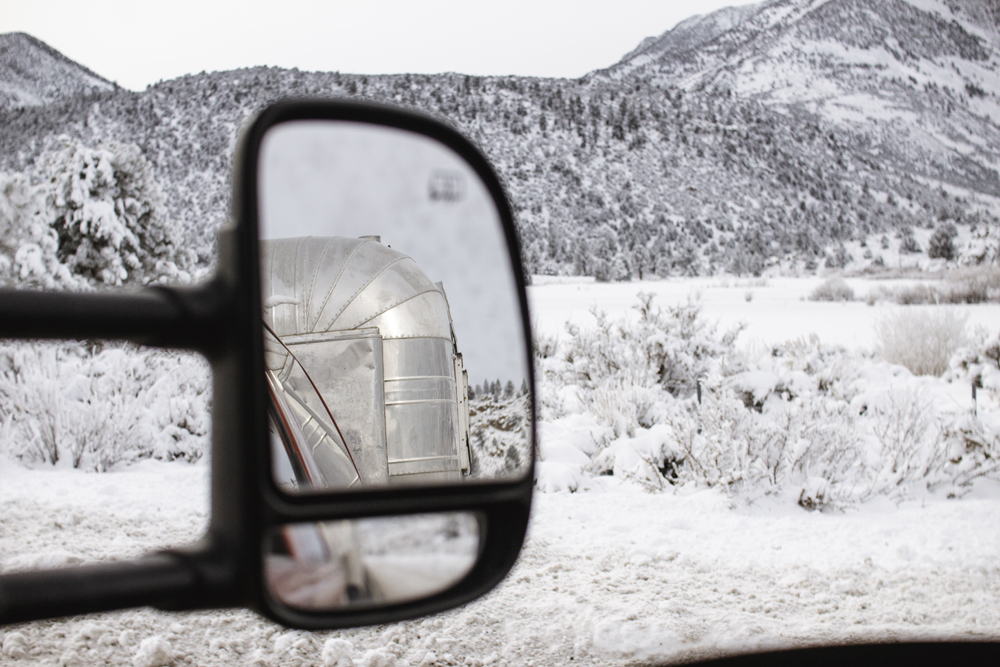
So far, we’ve had two snow situations that were critical enough to put on chains: Once going into Sequoia National Park in February, and once spending a week in the snow in Mammoth Lakes. Mammoth Lakes was probably the most snow we could handle towing, with almost two feet of snow on the ground when we pulled out the trailer. But I’m sure we’ll test those limits soon enough.
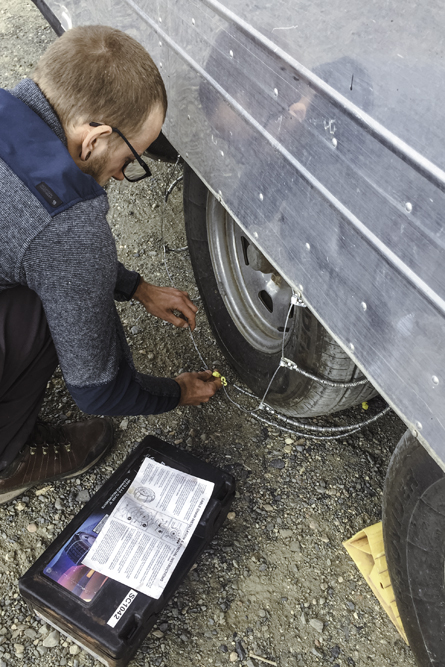
We also monitor the temperature inside and outside at all times, one to check on the conditions at night and two to see if we need to crank up the heat to prevent the tanks from freezing. Ok, let’s keep it real, our tanks/pump freeze. There is just no way around it with the pump low on the floor in the cabinet and temperatures around 0 degrees Fahrenheit outside. At least we haven’t found them yet. We thought going double on the insulation around the pump area would be sufficient, but alas, it is not. If we build another rig we’ll probably put it up higher.
At least we’ve learned from our mistakes and put a kind of plastic box around it. The first time the pump broke it flooded our entire floor and we had to replace it. The second time we caught it early and there was no flood damage.
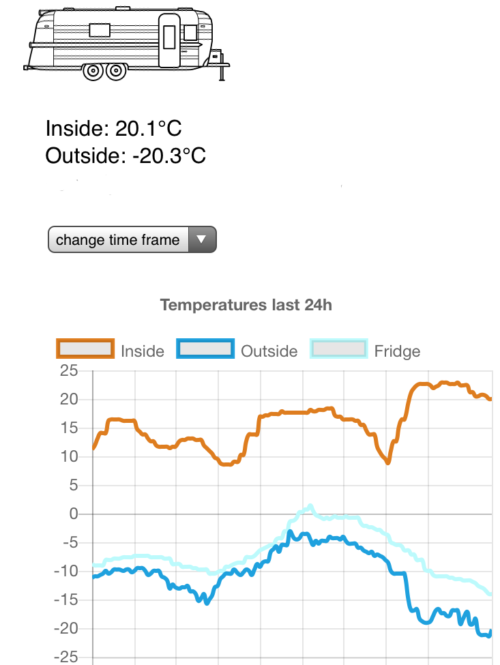
Insulation
Talking insulation of the trailer is kinda demotivating, because we put a lot of thought, effort and work in figuring out the best insulation for this type of build. But also you could not light a candle next to a window if it’s even slightly windy outside, and the kids wake up every morning excited about what they’re going to draw in the ice that formed inside on the windows. We put up cut-to-size reflectix sheets at night, plus fleece blankets for the front and kids windows to keep the heat in. Since the wood stove produces a nice dry heat we don’t have the issue of freezing condensation that we had with our other rigs (there were icicles next to my head the winter before we renovated this trailer). Also I would recommend a nice warm pair of socks, but the floor is actually remarkable warm.
Heating
We didn’t have our heating situation figured out for the first winter we spent in this trailer (or, rather we did but ordered too late and then had to wait for the stove to ship until winter was basically over). Now that we spent our second winter with the Tiny Wood Stove Dwarf 3kw it’s definitely a different kind of comfort. Especially after we found some cut down trees up for grabs, that we loaded up the car with. Normally the stove runs from sundown to just after breakfast, but we’ve had cold and snowy days that we had to have it running all day, which worked great.
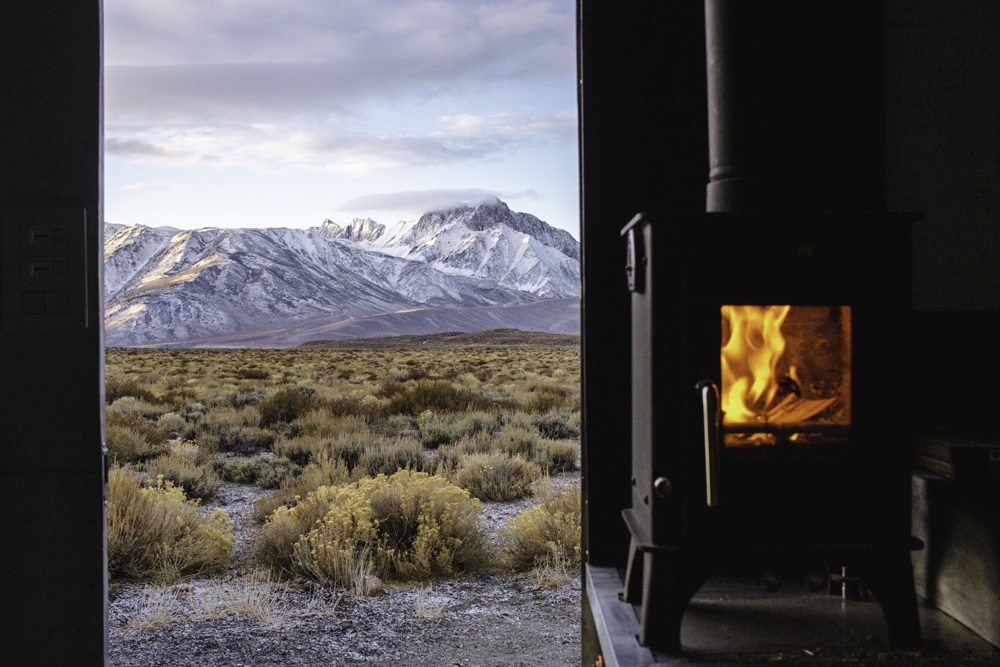
We also bought a couple of compressed wood logs (without additives, which will form a lot of creosote, and are generally not really the best choice for tiny stoves) that have been working great for keeping the heat going at night. However, this was mainly for the nights that the temperatures hit 0 degrees Fahrenheit. For milder conditions regular wood works fine.
Scouting some national forest lands (after checking the regulations) worked fine for finding enough fire wood to get us through the cold season, and we’ll make sure to stock up before we’re in the desert without access to proper fire wood.
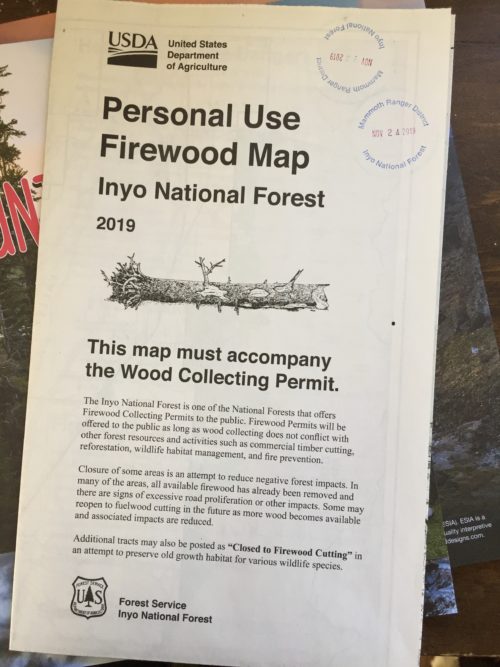
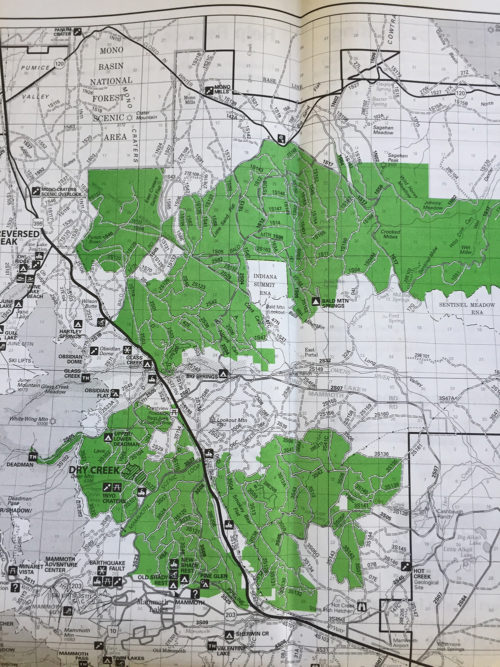
We still have the Mr. Heater as a plan B option. We don’t need it, but it’s nice to know that we have it (plus office situation, see below). One of the best things about the stove is that it can’t just break and we’re stuck trying to figure out which electrical connection is bad or why the propane doesn’t work. It’s a simple and straightforward solution that doesn’t need any professional knowledge to fix. Seriously, the worst thing that can happen is that the glass shatters, and that’s a pretty preventable situation (well, except for when you have my clumsy genes).
Office situation
So normally we work in the car, were no snacks are requested or very important information shared with us. It’s comfy enough, quiet enough for phone calls and generally a good way to distinguish between free time and work.
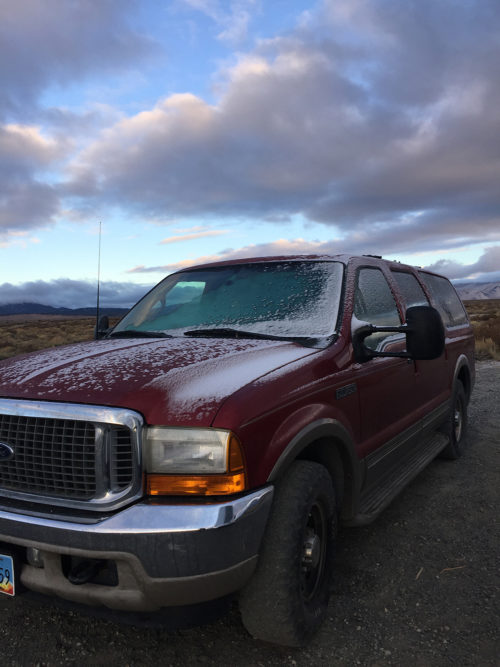
Since we don’t have a heater in the car though, the office is basically closed most cold days, unless we heat up our Mr. heater. But since that thing goes through propane like I go through Ben&Jerrys, it’s easier to just work inside and turn the music to real loud. It’s generally used for phone calls only, and I try to schedule them later in the day so my laptop battery doesn’t die within the first couple minutes due to the cold. (Yes that happened, even though it was charging. 2 degrees F do that to technology).
Added features
Yes, added features. Like hot water bottles (there’s a weird prejudice against hot water bottles in the states, not sure why everybody thinks they’re for old people only). They’re literally life saviors, heated up before we go to bed they keep us, and especially the kids, warm until the early morning. Add a few warm blankets, the reindeer furs the kids got in Norway and a (very) loose no-dog-in-bed-policy and we’re comfortable.
But…
There’s no sugarcoating it: Boondocking in the snow takes more effort, more work and more gear than chasing those perfect 70s or staying at a campground. A good chunk of our day is spent tending to the weather related stuff, from timing grocery runs between the snow storms, to defrosting our water pump so we can do the dishes, to chopping wood and restocking the wood stove and restocking the wood pile inside and defrosting the kids and thawing out snow gear and removing snow from our window cover up front and trying to remove snow from our solar and…I think that was it maybe. But every once in a while we decide it’s worth it.
Some links may be affiliate links. We may get paid if you buy something after clicking one of these. There will be no additional costs for you, but maybe some fancy ice cream in our future.
This blog is a participant in the Amazon Services LLC Associates Program, an affiliate advertising program designed to provide a means for sites to earn advertising fees by advertising and linking to amazon.com.